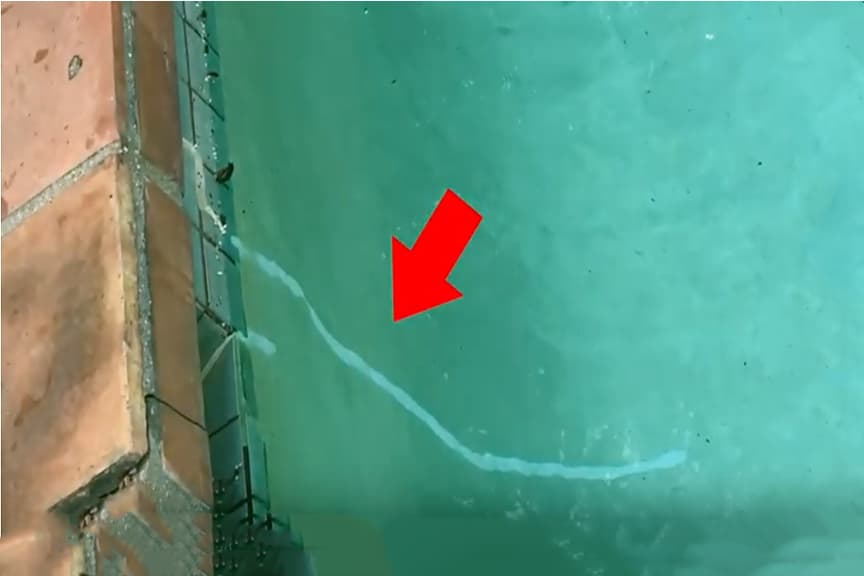(818) 436-2953

Keeping an Eye Out for Epoxy Applications
A customer calls for a leak detection and you arrive to a pool that’s been filled, the equipment is off and you’re ready to work. The first thing you’re going to do is look over the pool and take note of what isn’t right, and the things they’ve repaired in the past.
It’s likely that when a customer calls, your leak detection isn’t the first attempt they’ve made to find and fix their water loss. Many homeowners try first to take matters into their own hands, and one popular DIY fix is slapping epoxy and bubblegum over areas they think are leaking. Keep an eye out for this.
https://leaktronics.com/wp-content/uploads/2015-08-11-15.37.38.jpg
The PoolScope in your Pro Complete Leak Detection Kit is going to hear where water loss is occurring, and listening inside return lines and skimmers with the Pipe Mic is going to get you on top of leaks inside lines, but a good sign of where leaks have been questioned in the past will be those epoxy blobs. Take note; they’re often along the edge of return fittings, or just pushed into areas where the homeowner saw what they thought was a crack, but may have just been a defect in surface plaster.
Another sight to look for is where tiles have been re-applied. When tiles pop off and homeowners glue them back on, they often look uneven, crooked or have messy grout lines that look inconsistent, or simply put .. they look repaired. Those tile pop-offs might be a sign of a leak in the cold joint behind the tile, and it’s a good indicator of where to listen for leaks.
Remember, you’re going to listen throughout the entire pool when you perform your leak detection. You know what you’re doing, but a good reminder of red flags is to keep an eye out for even those small blobs of epoxy that have been used by homeowners and previous pool repair guys to make band-aid repairs to stop water loss.
Ultimately, cracks and leaks have to be repaired properly, and any 2-part epoxy application is a temporary repair, but most people begin with those band-aids before making the big fix. if someone’s called for a leak detection, it’s likely that they’ve had enough of the temporary fixes and they want the job done right. Turn that leak detection into repair work and get paid for the entire job, from finding the leaks to stopping them permanently.
Learn about the kit that professionals use to perform thorough and proper leak detections here: THE PRO COMPLETE.